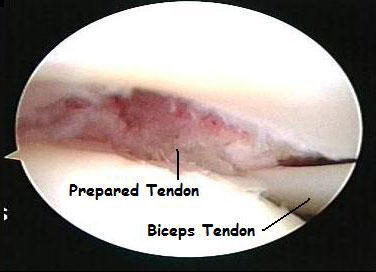Risk factors
- Degeneration due to aging.
- Repetitive overhead motion, such as tennis.
- Excessive force, such as a fall.
Signs and symptoms
These are often very similar to other rotator cuff conditions and initially it may be difficult to distinguish them.
- Recurrent, constant pain, particularly with overhead activities.
- Pain at night that prevents sleeping on the affected side.
- Muscle weakness, especially when attempting to lift the arm above shoulder height.
How is the diagnosis made?
The doctor will listen to the description of the symptoms and examine the shoulder for pain and weakness. Several investigations may be required to confirm the diagnosis. These can include:
Treatment options
In most cases, the initial treatment is nonsurgical and involves several modalities.
- Rest. If the tear is due in part to overuse, resting the shoulder may help.
- Physiotherapy to strengthen the muscles, especially those which are not torn.
- Nonsteroidal anti-inflammatory medications will help control pain.
- Strengthening and stretching exercises, as part of a physical therapy program, are recommended.
- Corticosteroid injections can help reduce pain but cannot be repeated frequently because they can also weaken the tendon.
If the symptoms do not settle with conservative treatment then surgical reattachment of the damaged portion may be appropriate. This is performed using arthroscopic techniques.
See Surgery – PASTA Repair
Rehabilitation
It takes some time to recover from shoulder surgery. Full function may not return for up to a year. A physiotherapy program of exercises to strengthen and restore motion will be started after surgery. Commitment to following the program outlined will make a difference in the ultimate results. Although every case is unique, surgery can relieve pain for most people and rehabilitation can restore a functional (but oiften not full) range of motion.
(See Rehabilitation, right, for further information)

